There were many variables that affected how packaging lines were run — even the suppliers who have customers in consumer packaged goods companies (CPGs) felt the changes. We have social distancing rules, some plant floors with changed production lines (including facilities who added PPE to their schedules) and some labor issues with field service techs not being able to do their jobs 100%. So who did what and how did they fare?
We wanted to find out what occurred, how it changed and if we needed to focus on certain practices in the future, in case something like this pandemic happens again. So, Packaging Strategies reached out to some companies of varying roles in the industry — including Kelly Hawkinson, Focus Factory Manager at Brenton; Craig Souser, President & CEO, JLS Automation; Joe Luke, VP of Sales & Marketing at Reed Lane; and Chris Baum, Director of Sales Specialists, Veritiv; and Bob Neagle, Commercial Director, Digital Products and Services with Videojet.
If you think your company is the only one to have gone through trials and tribulations, read on to see how others have handled 2020.
How has COVID-19 affected your operations?
Hawkinson: One of the challenges that we faced was ensuring enough social distancing space for employees out on the shop floor. We took a hard look at our work stations and realigned some of them to provide more physical space for our people, while still ensuring we’re able to produce the machinery and equipment our customers expected from us. We also had more employees work remotely than ever before. While we’ve been successful in these efforts, it’s certainly been a challenge in learning new things and how to do them differently.
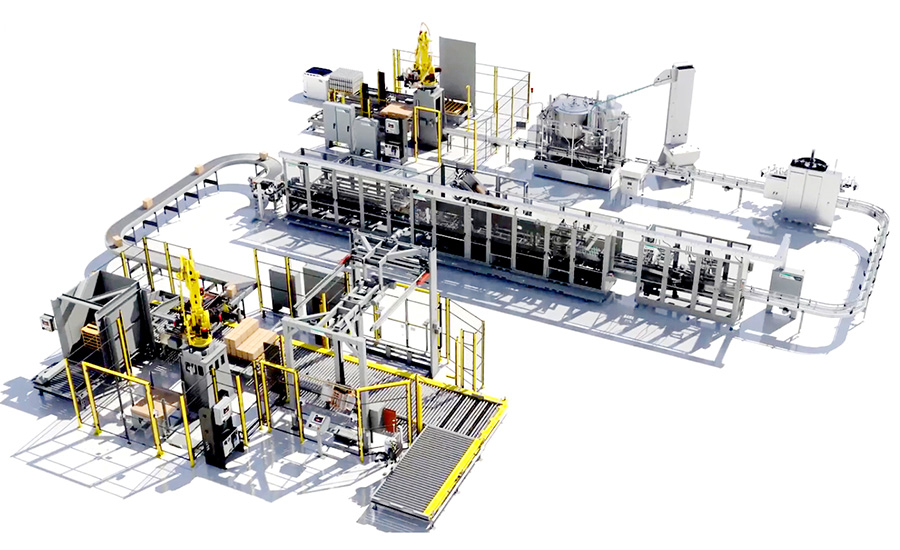
Souser: COVID has had a major impact on our customer’s operations. They have had to install barriers, find ways to stagger shifts and workflows and, where possible, look to automation to get people as segregated as possible. Processors now look at labor as not only a scarce resource, but as a risk to production.
Luke: You still have to crew the packaging lines with the same number of people as before. However, we have instituted protocols for employee safety such as masking, providing face shields and frequently disinfecting packaging rooms. We’ve staggered start times and lunch breaks to help allow for more distancing, and have also made an effort to allow people time off during these stressful times. We don’t want to burn out anyone, and do understand the stress the pandemic has caused.
Baum: COVID-19 has affected how we work, but it has also brought about creative solutions that we will integrate into our processes moving forward. Pre-pandemic, our Veritiv team would walk the line along with our customers to uncover efficiencies and recommend materials, machines and workflow. Now, our customers invite us to video calls and share pictures of potential issues. We have also worked with our customers to automate machinery to reduce the number of people on the factory floor. The labor issue is a real concern for our customers. Not only does this protect employees from COVID-19 transmission, but it reduces the number of physical touches on a product or package, thus creating greater efficiencies.
Neagle: We had this challenge with our customer base — CPGs mostly — having a surge in demand and making it more essential that their printing equipment keeps running efficiently, but they were often running with less on-site personnel, and were sometimes restricting access to our Service Team members. Field service techs have become more like consultants, to research the history of certain printers and then get back to a customer with answers regarding a certain problem.
Have you dealt with labor changes?
Souser: COVID has compounded the labor gap with processors, as people are more hesitant to want to work on a food line.
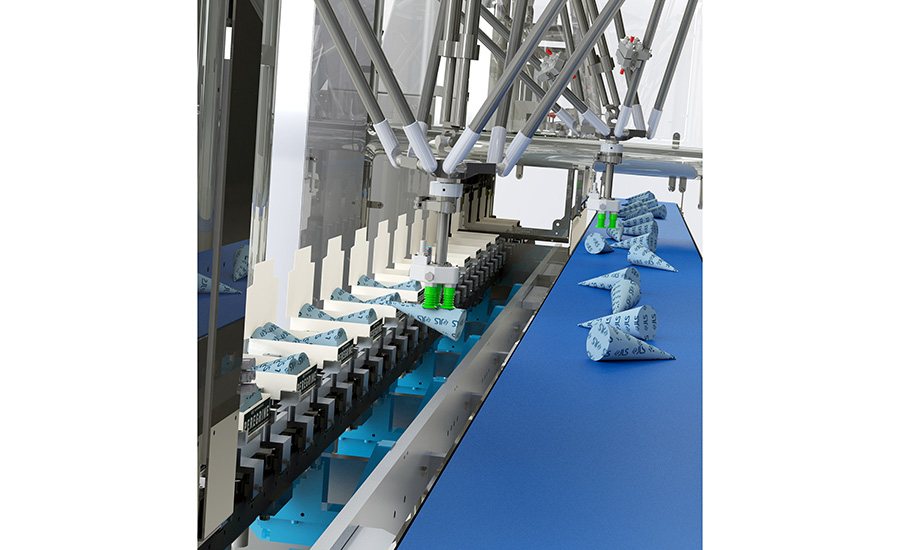
Photo courtesy of JLS
Luke: We have “socially distanced” packaging operations or packaging rooms where feasible. However, this has added costs to the entire operation; in some instances the distance has slowed operations. The cost of labor has increased, as well as the costs to keep employees safe with PPE for all employees and more frequent cleaning of packaging suites and the entire facility.
Baum: All Veritiv warehouses have remained operational, and our warehouse and transportation teams have the tools needed to safely continue deliveries. This includes Personal Protective Equipment (PPE) and implementing COVID-19 safety protocols. For our customers, yes, labor shortages have impacted production. Our equipment automation specialists are focused on helping our customers through this issue.
Neagle: Field service agents are going into plants, but it’s a little more demanding so they have to be more efficient. We’ve enhanced our internal programs to ensure our Service and Tech Support teams are making use of our remote tools to potentially avoid visits. But eventually we envision leveraging these tools to reduce windshield time for our Service teams, so they can spend more time being consultative with customers instead of firefighting.
What have you learned over the past year, and what will you do differently in the future?
Luke: The pandemic took the entire country and world by surprise, and no one was truly prepared for what initially happened. In hindsight, some of the PPE gowning and cleaning supplies should have been on hand, and we will hopefully not be caught off guard in this area in the future. In regard to the future and purchasing new equipment, all of the COVID lessons learned need to be applied for the operation of the equipment; all new suites will be designed differently with distancing in mind and more automation wherever possible.
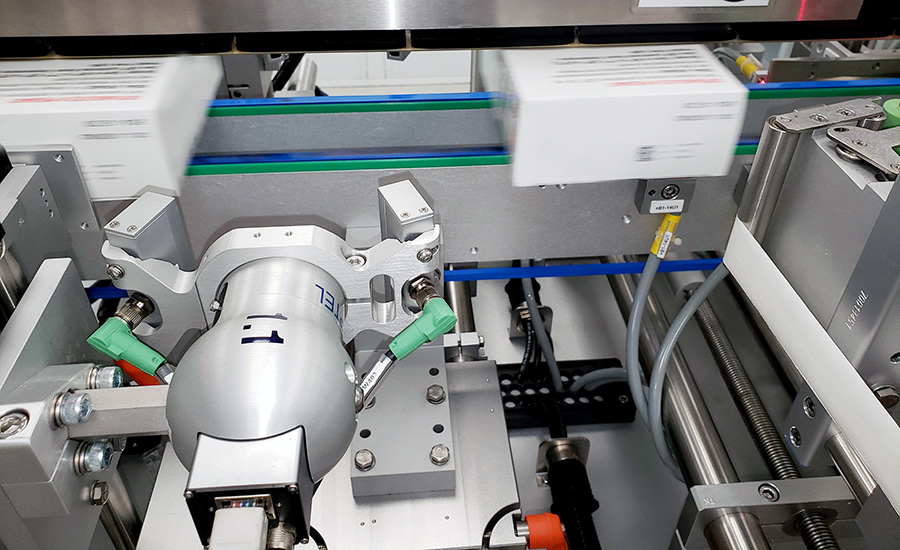
Photo courtesy of Reed Lane
Hawkinson: This past year has reinforced the idea that you need to be adaptable, flexible and forward-looking as far as what the next change needs to be. I think 2020 has taught us at Brenton not to get too hung up in the chaos of it all, and deal with what we can control. For the first few months of the pandemic, new orders really slowed as no one was spending money; everyone seemed to be in a “wait and see” mode. But once summer arrived and companies began adjusting, new orders began to flow again. That forced us to quickly ramp up production, yet do so adhering to social distancing guidelines. Some of the new manufacturing processes we initiated in response to the pandemic have worked out well; I think many of these will become a permanent fixture at Brenton.
Overall, the strategies that Brenton and parent company ProMach have devised stress the need to be flexible and adaptable to meet the needs of our customers. The pandemic really affected the packaging industry, and we had to quickly pivot and change the way we do business, and that meant provide diverse packaging solutions quickly for customer success.
Neagle: As COVID is surging in different states, and plants are making labor and safety adjustments, we have helped manufacturers rethink how they are managing production. We have guided them in bringing some lines back up to speed, reconfiguring equipment, and adding spares and new printers to lines to space things out on the floor for employee social distancing. We leverage VideojetConnect Remote Service (VRS), which is a cloud-based portal that provides visibility into a production site, reducing the need for an on-site presence. VRS allows both the manufacturer’s personnel and Videojet experts to check on the printers via the remote connectivity. A companion piece to VRS is VideojetConnect Insight software as a service, which uses data in the printer as a proxy for the packaging operation. Production supervisors can remotely view what is being produced on each line, if they’re on target and track OEE over time. This enables manufacturers to make decisions in real-time and see trends that can highlight potential areas for improvement.
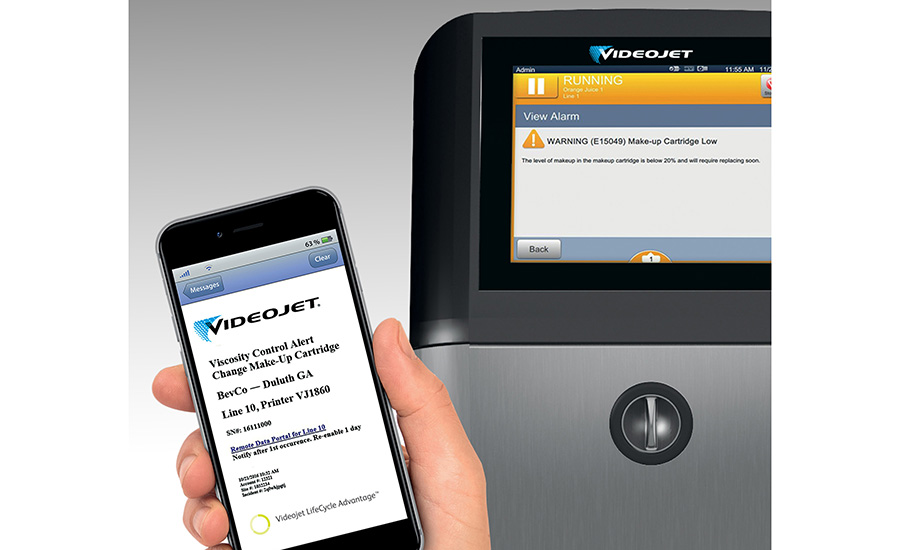
Photo courtesy of Videojet
Souser: Get our task force in action sooner — they were very effective, but we could have had them in place a couple weeks sooner and that would have taken some pressure off top management during a stressful time. Having some emergency preparations in place will be helpful going forward.
Baum: Veritiv has been pleased with how our employees quickly adapted to the new way of working, seamlessly transitioning to a work-from-home model, when possible, and adopting the latest in safety protocols for those employees still in our warehouses and on the road. To improve internal communications during the pandemic, Veritiv’s Chief Human Resources Officer, Dean Adelman, started an internal newsletter, “Working in a Virtual World,” where he provides tips and tricks on how to adapt to this new way of working. Our organization has responded with rave reviews. As a distribution company, during the pandemic our team evaluated alternate supply chains for the resources that were in high demand. Our team found new supply chains, both domestic and international, that we plan to continue to leverage moving forward. We also realize there are ways to improve and are investing in additional ways we can communicate remotely.
What are your tips to help optimize a packaging line?
Baum:
- Leave the packaging to the experts. Partner with someone who understands packaging from design to delivery.
- Evaluate material usage. If there is damage, determine the root cause and fix it. A new material or a redesigned package can save money.
- With COVID-19, labor shortages are an issue, and automation is one answer. Automation optimizes material demand forecasting and usage to increase consistency, speed and savings, while minimizing waste. This creates a predictable, safer shipping experience as e-commerce continues to grow.
- Don’t be afraid to invest. Automation does require an upfront cost, but most companies see greater consistency, longer production hours and less damage and errors, resulting in a return on investment.
- Leverage a kitting partner to increase production and regain valuable space in order to add production lines. This also frees up time and energy to focus on the core business.
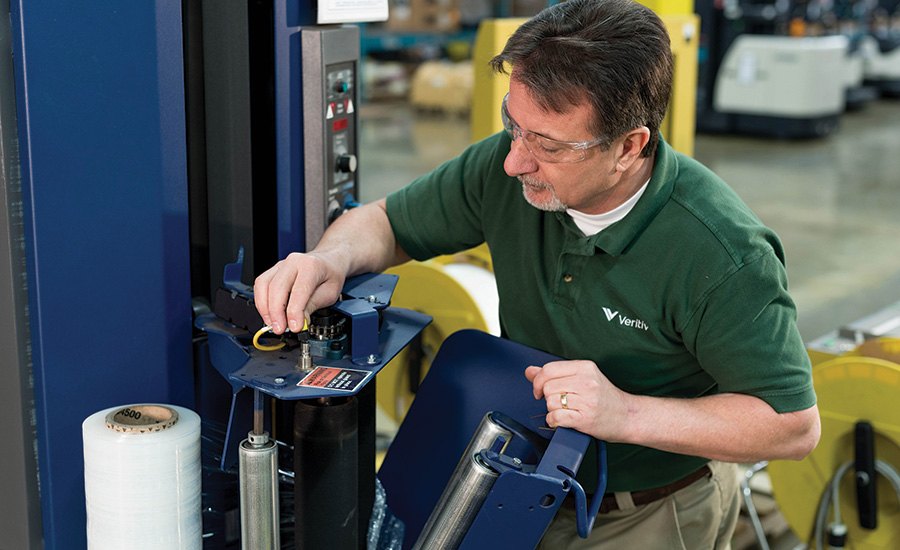
Photo courtesy of Veritiv
Souser: If you automate, scrub your potential suppliers thoroughly for experience, overall capability and support infrastructure — and go see some equipment. Upfront cost is only one component and usually not the best measure of value and security for these investments. Changeover, cleaning and maintenance are all major factors to be evaluated.
Luke: The focus on new machinery should be set up and changeover time versus actual run speed or cycle time; invest in new equipment with technologies that streamline processes and comprise a smaller footprint; and rent or lease machinery for one-time or short-duration work to accommodate new projects.
Neagle: The one thing we universally recommend is use of code management software to make line changeovers more efficient and reduce code errors that can lead to scrap and rework. Beyond that, it comes down to employing Lean Manufacturing principles, which in turn requires visibility to line performance data. Printers that know if you are running, how fast and how much you’ve produced can often be a gateway to obtain the necessary data.


